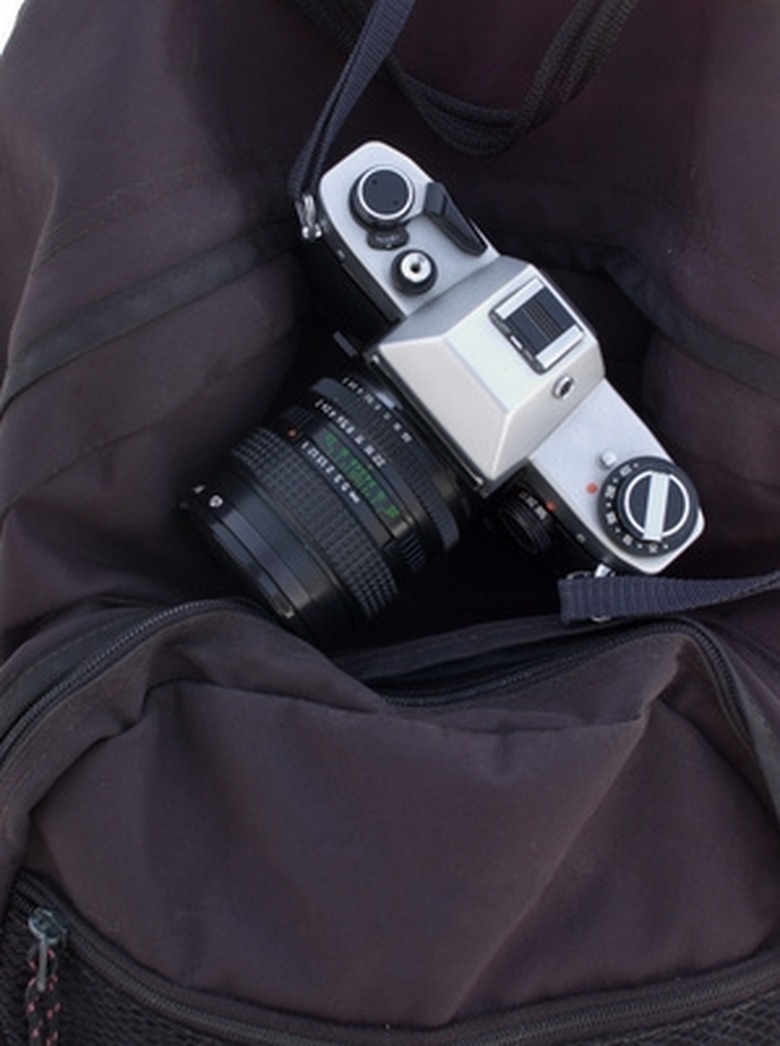How To Build An Infrared Telescope Camera
Infrared cameras are capable of capturing a broader spectrum of light than can be seen with the naked eye. Infrared radiation, though invisible to human eyes, can appear in images made by cameras modified to be sensitive to the infrared spectrum. Normal digital cameras shield their sensor with an infrared filter. By removing this filter and attaching your camera to a telescope, you can take photographs of distant objects that cannot normally be seen.
Step 1
Take apart your camera to access the digital sensor. On less expensive point-and-shoot cameras, the body may be held together with glue. More expensive dSLR (digital Single Lens Reflect) cameras are likely held together with screws. Your camera's user's manual will provide you with the steps necessary to disassemble your camera. Look for a section similar to "cleaning your digital sensor."
Step 2
Locate the infrared filter. It will look like a small, square piece of glass or plastic that is fitted over the front of the digital sensor.
Step 3
Remove the infrared filter. Some filters are held on with screws, but many are affixed with a weak glue and can be pried off with your fingernails.
Step 4
Reassemble your camera.
Step 5
Attach your T ring to the front of your camera body where a lens would normally go. These rings should be purchased from your camera manufacturer so that you are sure that the ring will fit your body.
Step 6
Screw in your T adapter to your telescope's eyepiece.
Step 7
Attach your camera with the T ring to the T adapter as if you were attaching a long telephoto lens. The assembly should lock together tightly with no wobbling between the camera and telescope.
Things Needed
- T ring
- T adapter
TL;DR (Too Long; Didn't Read)
Infrared photographs, especially those taken with a telescope, require long exposure times. Noise may be a problem on your image with exposures longer than 30 seconds. To reduce noise, take a series of 30 second exposures and overlay them using digital photo editing software, such as Adobe Photoshop, Corel Paint Shop Pro or GIMP.
Warning
In most cameras, removing the infrared filter is a permanent alteration and will make the camera unable to take normal photographs. Do not remove the infrared filter unless you are sure you want to devote that camera to infrared photography.
Cite This Article
MLA
Richards, Brian. "How To Build An Infrared Telescope Camera" sciencing.com, https://www.sciencing.com/build-infrared-telescope-camera-6174669/. 24 April 2017.
APA
Richards, Brian. (2017, April 24). How To Build An Infrared Telescope Camera. sciencing.com. Retrieved from https://www.sciencing.com/build-infrared-telescope-camera-6174669/
Chicago
Richards, Brian. How To Build An Infrared Telescope Camera last modified August 30, 2022. https://www.sciencing.com/build-infrared-telescope-camera-6174669/
